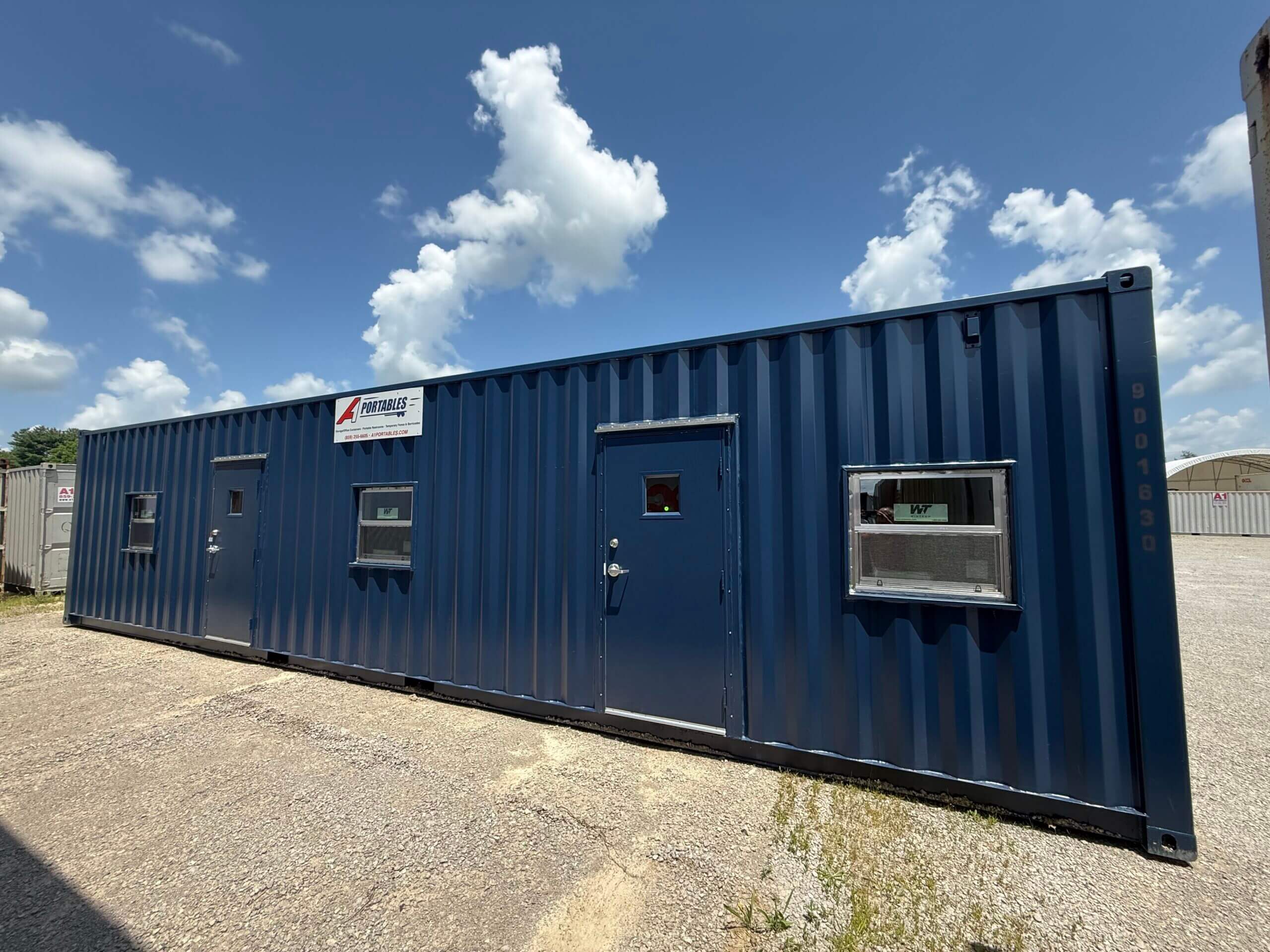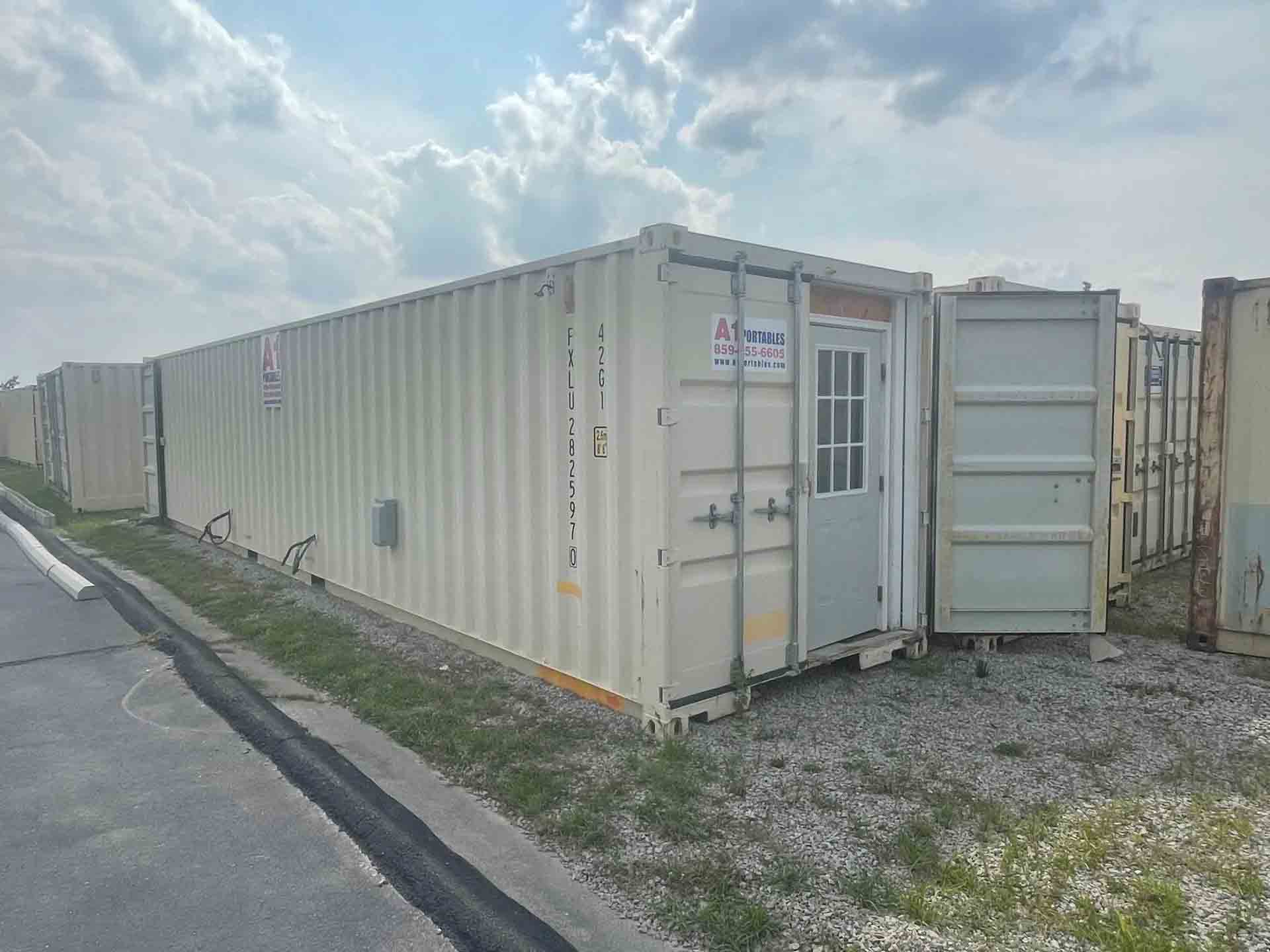When crowds arrive or crews mobilize, restrooms can make or break the day. If you’re Googling portable restroom rental near me, you need quick answers: how many units, which types, ADA requirements, where to place them, and how to keep everything clean without blowing the budget. This guide breaks it down—so you can order with confidence, pass inspections, and keep guests (or crews) comfortable from first shift to final call.
Start With the Use Case (Event vs. Construction)
Events (weddings, festivals, school functions, races)
- Peak-time demand: Guests use restrooms in surges (intermissions, meal breaks).
- Comfort + aesthetics: Trailers, sinks, lighting, and décor matter more.
- Placement: Near tents/food lines but away from dining and photo areas; consider prevailing wind.
Construction & industrial sites
- Compliance: OSHA access within 10 minutes/¼ mile; adequate counts by crew size.
- Durability: Rugged units, theft-resistant placement, and predictable weekly servicing.
- Logistics: Truck access for pumping, stable surface, snow/mud considerations.
How Many Restrooms Do You Need?
Fast planning benchmarks (no alcohol, ~4–6 hour event)
- Up to 50 people: 1–2 standard units
- 50–150 people: 2–4 standard units
150–300 people: 4–6 standard units (+1 ADA accessible unit) - 300–500 people: 6–8 standard units (+1–2 ADA units)
Modifiers: Add 10–20% more capacity for alcohol service, hot weather, events over 6 hours, or limited handwashing elsewhere. For construction, provide at least 1 unit per 10 workers as a baseline, scaling with shifts and distance.
Tip: When in doubt, split the difference and add handwash stations. Shorter lines = happier guests and faster crew turnarounds.
Unit Types—What to Choose and When
Standard Porta Potty
The workhorse. Ventilated, stocked with tissue and sanitizer. Ideal for most construction sites and casual events.
ADA/Accessible Portable Restroom
Ground-level or ramped access, wider door, interior turning radius, grab bars. Required for public events and strongly recommended wherever mobility access is needed.
Flushable/Deluxe Units
Foot-pump flushing, internal sink or sanitizer dispenser, coat hook/shelf, mirror. Great for weddings, corporate functions, VIP areas, or longer events.
Luxury Restroom Trailers
Multi-stall, climate-controlled, real sinks and lighting, mirrors, and upscale finishes. Perfect for black-tie weddings, brand activations, film sets, or executive/VIP compounds.
Handwashing Stations & Sanitizer Stands
Freestanding sinks with soap, water, and paper towels; or sanitizer pedestals. Place near food service, kids’ areas, and high-traffic cross-paths.
Holding Tanks (for long-term sites, RVs, trailers)
Under-deck tanks for remote offices or trailers, serviced on a schedule to handle gray/black water.

Cleanliness & Servicing—What “Good” Looks Like
Before delivery
- Units deep-cleaned, deodorized, and inspected for damage.
- Stocked with tissue, sanitizer, and (for sinks) soap and towels.
On-site servicing
- Pump-out, tank refresh, wipe-down/disinfect high-touch areas, restock supplies, sweep and deodorize.
- Events: Servicing during multi-day festivals or long single-day events avoids afternoon lines and odors.
- Construction: Weekly service is common; high-usage crews may need bi-weekly.
Pro move: Schedule a mid-event service for weddings and large festivals—your guests will notice (and thank you).
Placement & Site Readiness
Access & stability
- Choose a level, solid surface (asphalt, gravel, compacted soil).
- Ensure a clear truck path for delivery and servicing (consider gates, trees, and parked cars).
- Avoid low spots where rain collects; use tie-downs in windy areas.
Guest flow & privacy
- Keep units within easy reach of main activity zones—but offset from food lines and photo backdrops.
- Add solar or string lighting for evening events.
- Use signage and stanchions for tidy queues.
Compliance & neighbors
- Confirm local event permits/park rules; some venues specify counts and ADA ratios.
- Be considerate of nearby properties (noise, odor, traffic). Proper spacing and orientation help.
Budgeting Without Guesswork (No Prices Shown)
What drives cost (so you can plan)
- Quantity & unit type: standard vs. deluxe vs. trailer
- Duration: single day vs. weekend vs. month-to-month
- Service frequency: weekly, bi-weekly, or custom
- Distance & access: remote sites or after-hours delivery
- Add-ons: handwash stations, extra sanitizer, lighting, interior kits
How to compare quotes apples-to-apples
Ask each provider to specify:
- Unit types and interior features
- Delivery/pickup windows and exact service schedule
- Included consumables (tissue, soap, sanitizer, towels)
- After-hours/holiday fees and damage/cleaning policies
- Proof of insurance and references for similar events/sites
Transparent proposals prevent surprise invoices and service gaps.
Safety, ADA, and Hygiene Best Practices
ADA & access
Plan at least one accessible unit for public events (often 5% of total, minimum one). Ensure clear, ramp-friendly paths with adequate space to maneuver.
Hygiene boosters
- Place handwash stations outside restroom clusters to speed line flow.
- Stock sanitizer stands at food areas and gates.
- For kids’ events, add a lower-height wash station if available.
Security & damage prevention
Use discrete fencing, lighting, and sensible placement. On jobsites, position units where they’re visible to supervisors and accessible to trucks, not vandals.
Common Mistakes (and Easy Fixes)
- Too few units: Lines grow fast; add one more standard unit per 100 guests for alcohol-heavy or hot-weather events.
- No handwashing: Sanitizer alone frustrates food vendors and families; add sinks near dining areas.
- Bad placement: Downhill from the party, in the dark, or blocked by vehicles—walk the site the day before.
- No mid-event service: One afternoon refresh keeps everything pleasant and stocked.
- Ignoring access: If a service truck can’t reach units, they can’t be pumped—plan the path.
Quick Planner—Your 10-Minute Ordering Checklist
- Headcount & hours: guests or crew × event length; shifts for construction.
- Environment: alcohol, heat, shade, indoor backup options.
- Mix of units: standard, ADA, deluxe/flushable, or trailer.
- Hand hygiene: sinks and/or sanitizer pedestals, placement by food lines.
- Service schedule: mid-event refresh or weekly/bi-weekly for jobsites.
- Placement map: level ground, truck access, lighting, wind direction.
- Delivery window: day-before drop for events; pre-mobilization for crews.
- Contact on site: who signs for delivery and confirms final placement.
- Permits/venue rules: ADA ratios, park/municipal requirements.
- Backup plan: spare unit or standby service for peak days.
FAQs About “Portable Restroom Rental Near Me”
Q: How far in advance should I book?
A: As soon as you confirm dates—trailers and ADA units book out fastest during wedding/festival season.
Q: Do I need power or water?
A: Standard units don’t. Trailers may require dedicated circuits and a potable water source (or onboard tanks). Your provider will specify.
Q: Can you place units on grass?
A: Yes—choose flat, dry ground. Consider plywood mats after heavy rain.
Q: How often are units serviced?
A: Events: pre-event delivery and optional mid-event refresh. Construction: typically weekly; adjust to usage.
Q: What if I’m unsure on counts?
A: Order a conservative baseline and keep a standby plan for an extra unit or handwash station.
Call to Action:
Need a hand sizing your order or reserving a luxury trailer? Request a fast, no-pressure quote now via Get a Quote—we’ll confirm counts, schedule delivery, and keep your event or jobsite clean, compliant, and comfortable.

